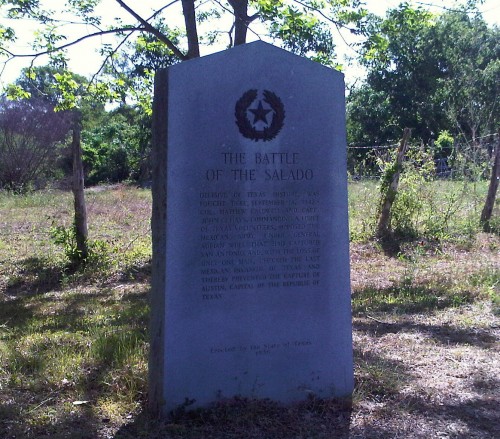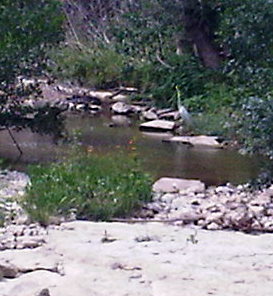(Next weekend, the good people of the Kendall County Historical Commission are observing the 170th anniversary of the Big Fight at the Sisterdale Dance Hall, in bucolic downtown Sisterdale, Texas. There’ll be a number of local and national authors there, including S.C. Gwynne, of Empire of the Summer Moon. My daughter tells me not to get all fan-girly, but it is a fantastic book. This will be the third or fourth time I have been in a book event and met up with an author whose’ books were sources for me in doing my own. So – from last year’s archives, without further ado…)
Jack Hays holds an outsized place in the history of the Texas Rangers, who began as a sort of heavily-armed and mounted Neighborhood Watch, metamorphosed into frontier protection force, and only much, much later into a law-enforcement body. But he was one of the earliest Ranger commanders; a surveyor by profession, born in Tennessee and raised in Mississippi, who would live to a ripe old age as a politician and lawman in California. Quiet, modest, self-effacing, Jack Hays became the very beau ideal of a captain of Rangers. He came to Texas at the very end of the fight for independence from Mexico in 1836, and worked as a surveyor and alternately as a soldier volunteer. He had been among the Texans in the Plum Creek fight, but made his name in the decade afterwards, astounding people who knew only his reputation upon meeting him for the first time. He was slight, short and refined in appearance and manner, and looked about fourteen years old. But he was also a gifted leader of irregular fighters and possessed an iron constitution. His fearlessness and daring became a byword among his fellow Rangers and his Tonkawa Indian allies and scouts. Chief Placido of the Tonkawa exclaimed admiringly, “Me and Red Wing not afraid to go to hell together. Captain Jack heap brave; not afraid to go to hell by himself.” The Texas historian T.H. Fehrenbach noted, “He mauled Indians from the Nueces to the Llano, and never with more than fifty men.”

